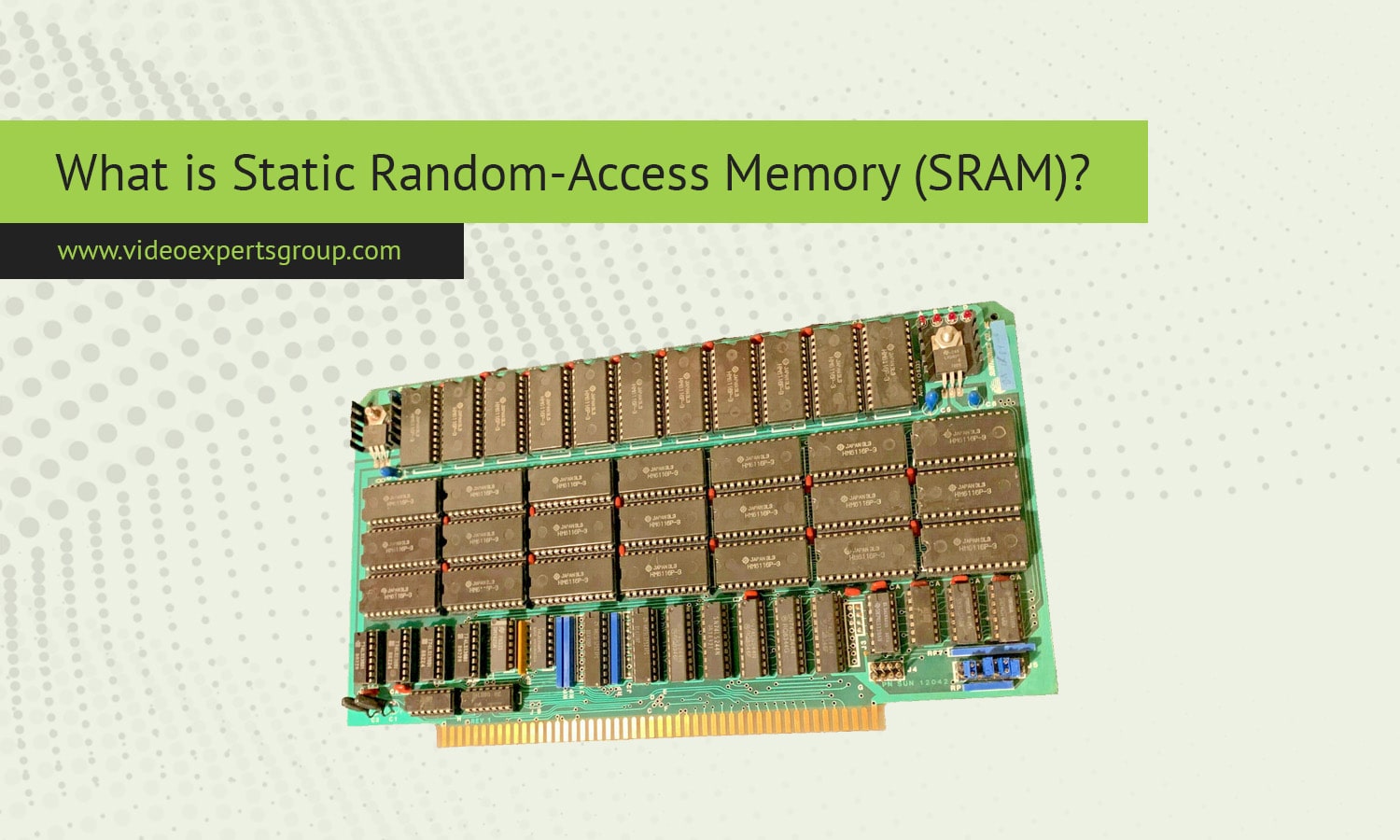Static Random-Access Memory (SRAM) is a type of volatile memory that plays a vital role in modern computing systems. Known for its speed and efficiency, SRAM is widely used in devices where fast data access is critical, such as CPU cache memory, routers, and various embedded systems. While it shares some similarities with Dynamic Random-Access Memory (DRAM), the main memory in most computers, SRAM differs in how it stores and retains data, making it better suited for specific, high-performance applications.
Meaning
SRAM stands for Static Random-Access Memory, a type of volatile memory that stores data in a way that does not require constant refreshing. Unlike DRAM, which needs to refresh its data multiple times per second, SRAM retains its data as long as it is powered. The "static" nature of SRAM means that once a bit of data is written into the memory, it stays there without the need for continuous electrical signals to refresh it. However, like all volatile memory, SRAM loses its data when the power is turned off.
SRAM is generally much faster than DRAM but is also more expensive and takes up more space on a chip. This makes it ideal for use in smaller, high-speed memory applications like CPU caches, where speed is more important than storage capacity.
Types of SRAMs
There are several types of SRAMs, each designed for specific uses and requirements. Below are the main types:
-
Asynchronous SRAM:
This is the most common type of SRAM and does not require synchronization with a clock signal. The memory cells in asynchronous SRAM respond immediately to changes in input signals, which makes it fast. It is typically used in applications where quick, random access is essential, such as in microprocessor cache memory. -
Synchronous SRAM (SSRAM):
Synchronous SRAM is clocked, meaning its operations are synchronized with a system clock. This type of SRAM is commonly used in high-performance computing, where timing is crucial. SSRAM is typically faster and more efficient in systems that rely on precise timing coordination. -
Pseudo-Static RAM (PSRAM):
PSRAM combines elements of both SRAM and DRAM. While it operates like SRAM, providing static data retention, it has a lower cost and higher density, like DRAM. PSRAM is typically used in embedded systems and mobile devices, where both cost and performance are important. -
Non-volatile SRAM (nvSRAM):
Non-volatile SRAM retains data even when the power is turned off. This is achieved by combining standard SRAM with a small battery or backup power supply. nvSRAM is often used in mission-critical applications like aerospace, medical devices, and industrial control systems, where data retention is essential even during power failures.
SRAM Architecture
SRAM uses a flip-flop circuit to store each bit of data. Unlike DRAM, which uses a capacitor and a transistor to store each bit (requiring refresh cycles), SRAM uses a more complex circuit made of multiple transistors (usually 4 to 6) to maintain a stable voltage that represents either a 0 or 1. This makes SRAM inherently faster because it does not need to refresh data constantly.
Key components of SRAM architecture:
-
Memory Cell:
The fundamental unit in SRAM, consisting of a flip-flop circuit made up of transistors. Each memory cell stores one bit of data (0 or 1). -
Address Lines:
These lines are used to identify which memory cell is being accessed. When the address of a specific bit is provided, the corresponding cell is activated. -
Data Lines:
Data lines carry the actual data being written into or read from the SRAM cells. -
Control Signals:
Control signals manage the operations of reading and writing data. Signals like chip select (CS), write enable (WE), and output enable (OE) determine when and how data is accessed.
Advantages and Disadvantages
Advantages of SRAM:
-
High Speed:
SRAM is significantly faster than DRAM due to its static nature and lack of refresh cycles. This makes it ideal for use in high-performance applications like CPU cache, where speed is critical. -
Low Power Consumption (in Idle State):
SRAM consumes very little power when it is not actively accessing or changing data, which makes it suitable for applications that require long battery life, such as mobile devices and embedded systems. -
Simpler Timing:
Since SRAM does not require refresh cycles, the timing of its data access is simpler and more predictable, making it easier to integrate into timing-sensitive systems. -
Durability:
SRAM is less susceptible to wear and tear compared to other types of memory, making it more durable over time, especially in environments with frequent data access.
Disadvantages of SRAM:
-
Cost:
Due to its more complex architecture and larger transistor count, SRAM is much more expensive per bit of storage compared to DRAM. This is why it is only used in applications where speed is a priority. -
Low Density:
Because each memory cell in SRAM requires multiple transistors, it takes up more space on a chip. This makes it less dense than DRAM, which can store more data in the same area. -
Volatility:
Like other types of RAM, SRAM is volatile, meaning it loses its data when the power is turned off. This limits its use to applications that do not require long-term data retention without power. -
Power Consumption (in Active State):
Although SRAM consumes little power when idle, it can consume more power than DRAM during active data access, especially in high-performance systems.
FAQ
Static Random-Access Memory (SRAM) is a fast, reliable type of memory crucial for high-speed applications, particularly in CPU caches and embedded systems. While its cost and space requirements make it less suitable for large-scale storage, its performance advantages are essential for computing tasks that require quick, repeated access to data.
















